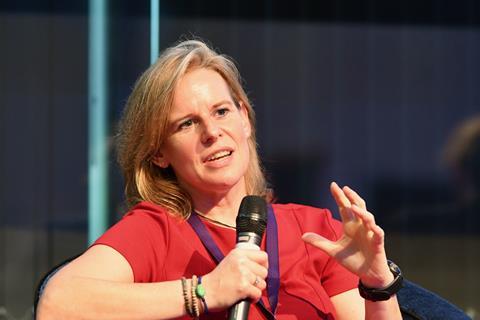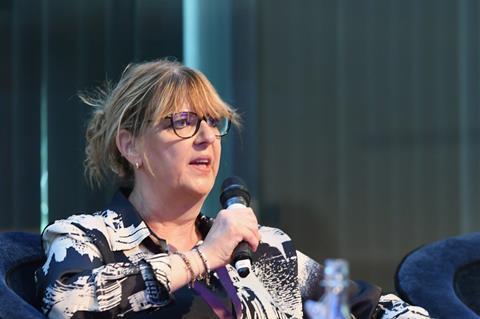The Digital Property Market Steering Group aims to align the residential market with the commercial sector to speed up digital change. But regulation and poor communication could impede reform
The newly created Digital Property Market Steering Group, a cross-sector coalition of government, legal and business groups behind the latest attempt to digitise the conveyancing process, formally got under way with a conference in central London on Tuesday.
The purpose of the conference was to set a clear direction for a ‘secure and modern land and property market’ and explore the barriers to change.
Kate Faulkner, chair of the Home Buying and Selling Group, tackled head on a question many of the 300 or so attendees were quietly thinking: why do we need this steering group? The residential market cannot digitise property data without including the commercial sector, she pointed out. There are six government departments that need to coordinate and change their data feeds and the changes the property sector needs. The government, commercial and residential industries need to act together to achieve transparency and ensure they are aligned in their direction to deliver what clients need.

One topic in particular dominated discussion: that of requiring sellers to provide information along the lines of the little-lamented home information pack. ‘The steering group wants to get to the goal of upfront information’, Land Registry deputy chief executive Mike Harlow said.
Upfront information is high on the government’s agenda, the event heard. Jonathan Clifton, deputy director for housing at the Department for Levelling Up, Housing and Communities, said the government is interested in digital formats and has been working closely with the Home Buying and Selling Group to identify key information that needs to be made available.
Beth Rudolf, director of delivery at the Conveyancing Association, said: ‘One of the things the consumer wants is certainty and transparency. It’s so technical that we as parents cannot tell our children what to do and what to look out for when they’re buying a property.’
‘Buying a car is easy – check the MOT, service history. Everything is done digitally. Property is a lot more complicated,’ said Rudolf. ‘But if we have upfront information digitised, wouldn’t that make a difference?’
Upfront information is the way forward, said sole practitioner Sarah Dwight, a member of the Law Society’s conveyancing and land law committee. ‘Anyone can buy a property but not everyone can sell a property,’ she observed.

However, a breakout session revealed concerns about the phrase ‘upfront information’. One attendee said the phrase appeared to be a ‘cover all’ for different steps in the home-buying and selling process. A mortgage lender will want to know how long is left on the lease and whether there are any building safety issues. A consumer will want to know whether the windows were replaced by a professional glazier and whether any documents are missing that will cause problems down the line. Who the upfront information is aimed at and who sets the rules need to be addressed, the session heard. ‘There is an issue of too much information, a big jungle of words.’
Asked by the steering group what needs to happen now, practitioners had plenty to say. There needs to be an incentive to instruct conveyancers at an earlier stage. ‘If you’ve got upfront information, that needs to be prepared by conveyancers. As a buyer, how are you going to understand the impact of that information without a conveyancer to guide,’ one solicitor asked.
‘We have got regulation preventing data being shared. That needs to be sorted out quickly – anything that gets wrapped up in GDPR nonsense,’ another audience member said. Work needs to be done on communication.‘We’re talking in so much jargon,’ one attendee said. ‘[Consumers] don’t understand “datasets”. They understand “home information packs”. They need to be educated on what documents they need to hang on to for tomorrow. We understand each other but we do not communicate in a way that consumers can understand. We have to tell them why they need to do this, what’s in it for them, and the consequences if they don’t.’
Also on the do-now list for the steering group: a digital conveyancing protocol, building a common understanding of fraud resilience issues, working out how to maintain the integrity of shared data, helping people choose good technologies and defining the role of the public sector in producing data usable for the private sector.
Finally, what does success look like? ‘If we can go back to the old days of 8-12 weeks and we can get to fall-through rates of around 10%, that’s a big result,’ said Faulkner.
This article is now closed for comment.




































11 Readers' comments